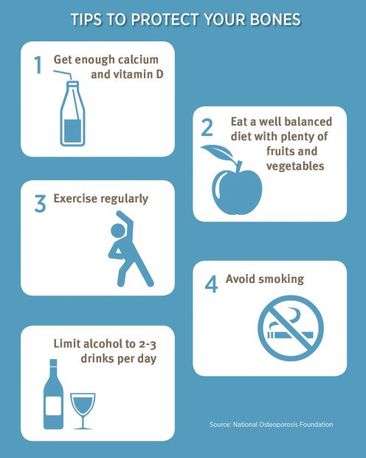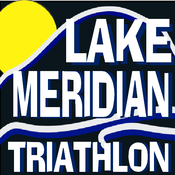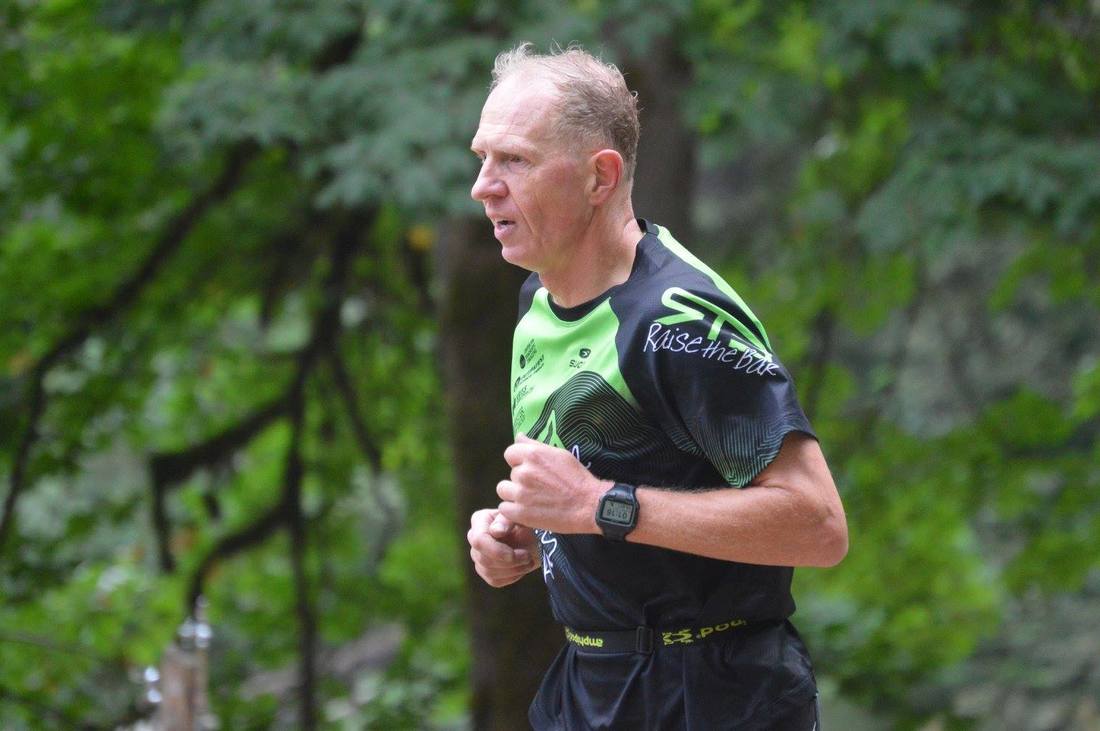 by Center for Diagnostic Imaging May is Osteoporosis Awareness and Prevention Month, and it’s estimated that two million bone fractures each year are caused by osteoporosis (decreased bone strength). As we age, the risk of a broken bone brings a more serious threat. A simple fall may result in a hospital stay; or worse, you may never regain the functionality or confidence you had before you were hurt. Many people never know they have osteoporosis because bone loss can be symptom-free until a fracture occurs. But there are several diagnostic methods used to spot osteoporosis in time for you to make important changes to protect your bones. Who needs a bone density scan? The best candidates for bone loss testing are men and especially women 50 and older, but some people with a family history of osteoporosis may need to be tested earlier. Some young athletes who suffer repeated stress fractures or cancer patients taking certain chemotherapy medications are also candidates for bone density screening tests. Excessive alcohol or tobacco use has also been linked to bone loss. Estrogen deficiency and breast cancer history are also contributing factors. Also, if you have a low body weight or do not get much exercise, you are at risk. If you checked any of those off, ask your doctor if bone density testing is right for you. DXA (or DEXA) exam A DXA (Dual-energy X-ray Absorptiometry) test is a go-to exam if you want to get a read on your bone density. It's a simple scan that doesn't typically require you changing into scrubs. During the 5-10 minute scan, you lie on your back as the scanner arm moves over you while a very low dose X-ray takes measurements of the bone mineral density in your hip bone. The DXA machine does have a weight limit of 300 pounds, and it's not the preferred exam for patients who have hardware implanted in their back or hips. Those patients are better suited for a QCT exam. To find out more about how DXA works, click here. QCT exam The QCT (Quantitative Computed Tomography) gives a 3-dimensional look at your bones. QCT is likely to detect low bone mass earlier than other bone mineral density exams such as DXA, thus allowing patients to make lifestyle changes or begin treatments earlier. That’s because this exam uses special 3D volume software that analyzes the soft bone, which is affected by bone loss earlier than hard bone. The exam is similar to the DXA routine, but it takes a little bit longer. To find out more about how QCT works, click here. Combating bone density loss Once you go through a QCT or DXA exam and if you confirm that you are suffering from a loss of bone density, there are things you can do to prevent breaking bones in the future. Stephanie Hord, CDI Technologist who does bone density testing on patients explains, “We can try to counteract osteoporosis and get ahead of it, then we can keep patients from having some of those injuries.” Calcium supplements can help or your doctor may recommend medications to boost bone density. Lifestyle changes can also help to protect your bones from breaks. Here are some tips from the National Osteoporosis Foundation: Stephanie says even taking steps like decreasing the amount of soda pop you drink can have a positive impact on your bone health. “If you have more bone density loss and you don't take care of it early on, you may have future problems,” Stephanie tells her patients. So talking to your doctor and monitoring bone density loss with DXA or QCT every few years can make a difference.
Center for Diagnostic Imaging is a sponsor for Raise the Bar. Learn more at myCDI.com/WA.
0 Comments
Your comment will be posted after it is approved.
Leave a Reply. |
Raise the BarRace reports, upcoming events, news, and more, from RTB. Archives
September 2023
|

 RSS Feed
RSS Feed




